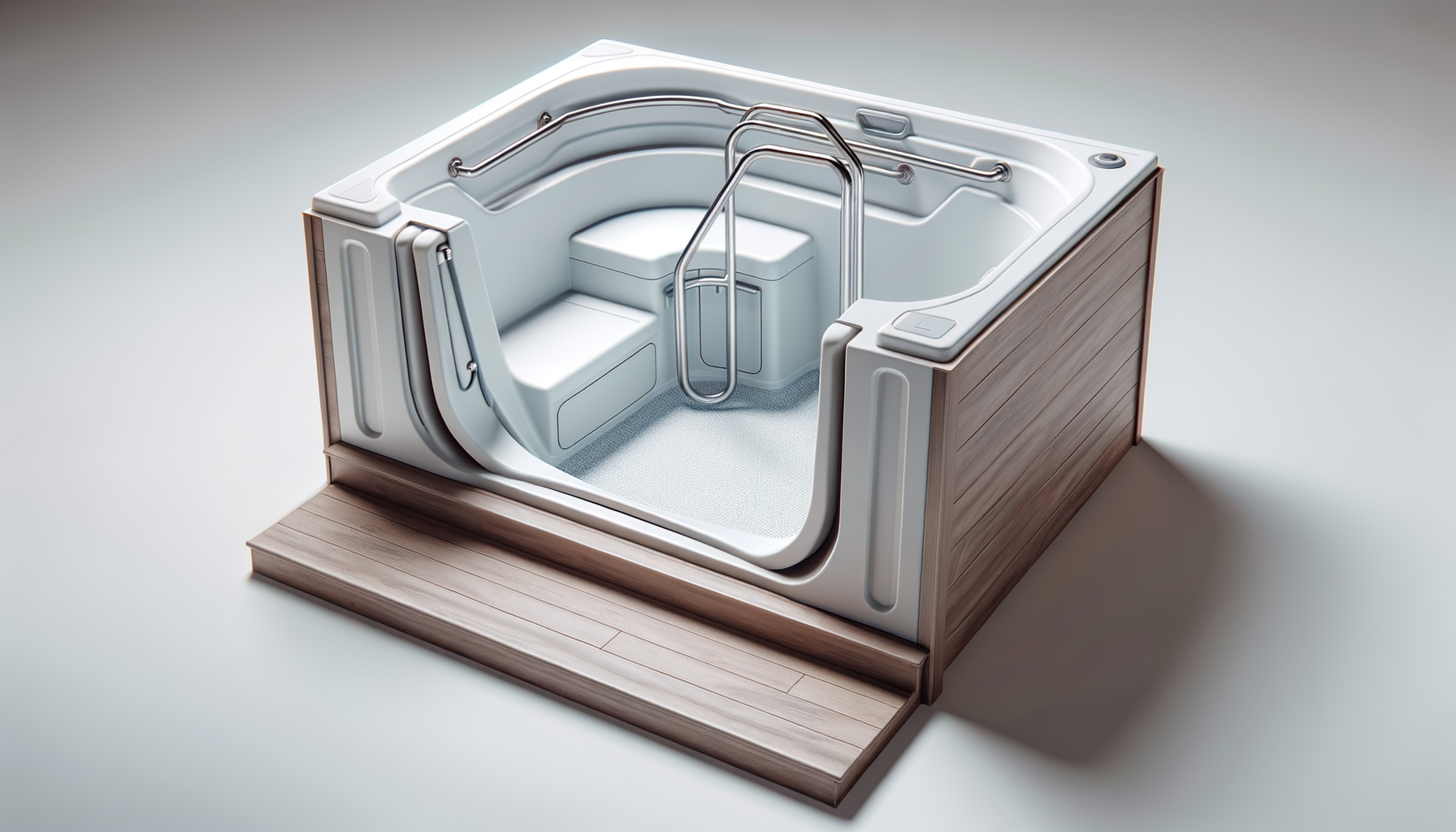The Importance of Walk-In Bathtubs
Walk-in bathtubs have emerged as a critical solution for enhancing bathroom safety and accessibility, especially for the elderly and those with limited mobility. Traditional bathtubs, while classic in design, often pose significant risks for slips and falls, which are common causes of injury in the home. Walk-in bathtubs address these concerns by providing a safer alternative that combines functionality with comfort.
One of the most notable features of walk-in bathtubs is their low threshold entry. This design element significantly reduces the risk of tripping, a common hazard with traditional tubs. Additionally, many walk-in bathtubs are equipped with non-slip surfaces and built-in seating, offering further stability and comfort. These features are particularly beneficial for individuals who may find it challenging to lower themselves into a conventional bathtub.
Beyond safety, walk-in bathtubs also enhance the bathing experience by incorporating therapeutic features such as hydrotherapy jets, which can help alleviate aches and pains. This makes them a popular choice not only for safety but also for their health benefits. As the population ages, the demand for accessible and safe bathing solutions continues to grow, making walk-in bathtubs a wise investment for many households.
Design and Features of Anti-Slip Walk-In Bathtubs
The design of anti-slip walk-in bathtubs is centered around user safety and comfort. These tubs are constructed with materials that provide a firm grip, even when wet. The anti-slip flooring is a crucial feature, as it minimizes the likelihood of accidents during entry and exit. Furthermore, the seating area within the tub is often textured to prevent slipping, ensuring that users can bathe with confidence.
In addition to anti-slip surfaces, walk-in bathtubs are equipped with strategically placed grab bars. These bars offer additional support and stability, allowing users to maneuver safely within the tub. The inclusion of easy-to-reach controls for water temperature and jet settings further enhances the user experience, ensuring that everything is within arm’s reach to prevent overreaching or sudden movements that could lead to falls.
Walk-in bathtubs also come in various sizes and styles to accommodate different bathroom layouts and personal preferences. Some models include additional features such as quick-drain systems, which allow the tub to empty rapidly, reducing the time spent waiting to exit the tub. This is particularly beneficial for individuals who may be sensitive to temperature changes or who require assistance when bathing.
Benefits of Installing Walk-In Bathtubs
Installing a walk-in bathtub offers numerous benefits that extend beyond safety. For caregivers, these tubs provide peace of mind, knowing that their loved ones can bathe independently and safely. This independence is crucial for maintaining dignity and quality of life for those who may otherwise require assistance.
From a health perspective, walk-in bathtubs can contribute to improved well-being. The hydrotherapy jets found in many models can help relieve muscle tension, improve circulation, and promote relaxation. This therapeutic aspect is especially beneficial for individuals with arthritis or other conditions that cause chronic pain.
Moreover, walk-in bathtubs can increase the overall value of a home. As more people recognize the importance of accessible home features, properties equipped with walk-in bathtubs are becoming more attractive to potential buyers. This makes them not only a practical addition but also a financially sound investment.
In conclusion, walk-in bathtubs provide a blend of safety, comfort, and therapeutic benefits that make them a valuable addition to any home. Whether for aging in place, caring for a loved one, or simply enhancing personal comfort, these tubs offer a practical solution that meets a wide range of needs.






